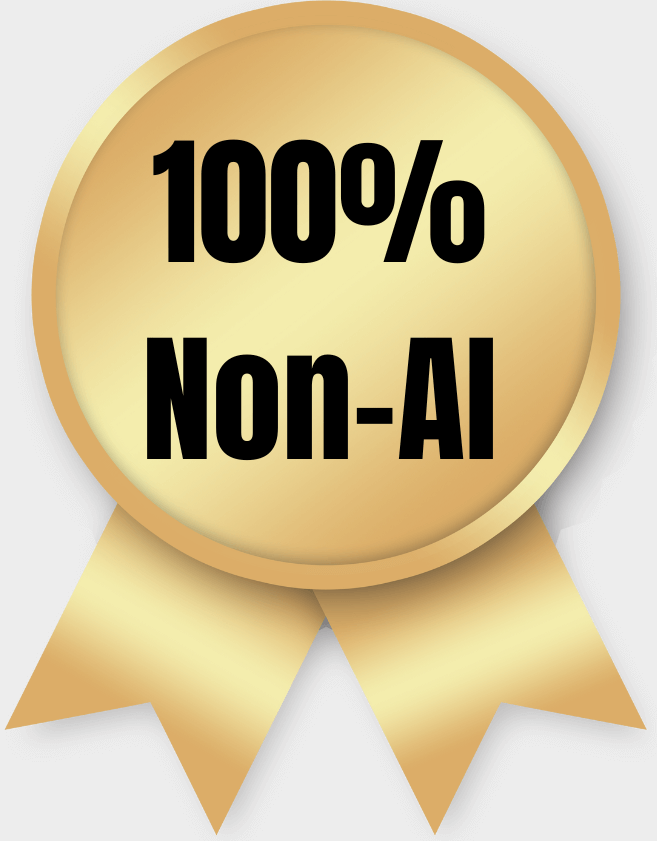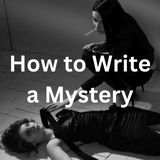Percentage of Royalties for an Illustrator
by Roxanne
(Costa Rica)
Question: I have written the book.. and an illustrator is doing the graphics. She is also helping do some of the formatting... what percentage of royalties for an illustrator would be reasonable for the help being done?
Answer: I'm going to assume you're pursuing self-publishing here. Traditional publishers hire their own illustrators and book designers and do not want the writer to have anything to do with this area. Manuscripts for picture books, for example, submitted to publishers should not include illustrations.
If you are self-publishing, you should understand that the illustrator, like the writer, has a vested interest in being paid fairly for their work, especially in the rare but lucrative event that the book becomes a best seller -- or even reasonably profitable. Calling them "helpers" is a little demeaning since their contribution is often as or more important to the success of the book than the author's.
Of course that depends on how much of the book is composed of illustrations. If a book is heavily illustrated (a picture book or graphic novel, for instance), illustrators and writers should split the royalties 50/50. In the traditional world, that usually means 10% of the cover price of the book goes to the writer and 10% to the illustrator for the first 5000 copies. The percentage may drop to 8% each for sales over that number. The rest of the cover price pays for the editing, printing, marketing, distribution, etc.
In the case of ebooks, royalties can be much higher because costs are lower. But still, 50/50.
On the other hand, if you are only going to have a few illustrations with most of the pages being text, you may negotiate a more reasonable split.
Generally, in traditional publishing you don't have to worry about this much because your agent will negotiate a contract based on fairly standard terms.
The other nice thing about traditional publishing is that both author and illustrator receive an advance on anticipated royalties. If the book doesn't sell enough copies to cover the advances, the publisher takes a loss but the creators keep their advances. If sales exceed the threshold, the author and illustrator get additional royalty payments.
With self-publishing, things get more complicated. A smart, professional, established illustrator will probably want an advance to cover the amount of work they do on the project -- and you will have to eat the loss if
If you find an illustrator who wants to be your partner on the project (that is, take on 50% of the risk), then they might agree not to take any royalties in advance, but simply a percentage of eventual sales. Such arrangements are often made by two friends (a writer and an illustrator) who have never published a book before but go into business together. Perhaps you're both just starting out, a little hungry, and willing to accept more risk just to get a work in print. (Of course, it's important to be clear about the agreement, and have a written contract, so you don't let a dispute ruin a friendship.) For instance, you may agree to split the costs and profits equally, but you have to accept that there may be no net profit. You could both experience a net loss if the book doesn't sell.
More likely, established illustrators won't want to be your partner, because they don't want the risk of losing money on the project. They would prefer to get an advance.
You might find an illustrator who is willing to work for a flat fee rather than royalties. (This would be is a terrible deal for the illustrator if the book does become a best seller, but if they don't believe strongly in the book, they might take it.)
Or you might find an illustrator willing to accept an unusually low advance, especially if they are young and hungry.
However, a smart illustrator, even one who is young and hungry, should at least want a guarantee of full royalties if sales surpass a certain amount. (Similarly, no writer should ever accept a flat fee, just in case the book goes on to sell millions of copies. No one wants to see a book they contributed sell millions of copies without getting their fair share.)
Note that smart illustrators are more likely to be professional in other ways that are to your advantage. A decent advance makes professionals more likely to deliver work on time and to higher standards. You often get what you pay for.
Finally, if your illustrator is willing to also format the book, you should know that professional book designers usually get paid anywhere from $8,000 to $15,000 per book. So consider this when you negotiate fees.
Best of luck.
- Home
- Writing Questions
- Percentage of Royalties for an Illustrator














